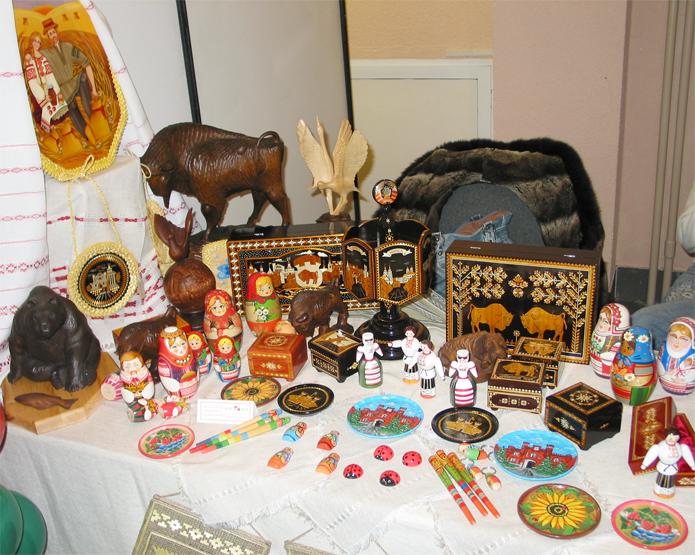What souvenirs are, their types, and why we buy them during trips and travels.
Souvenirs

The charm of the texture of natural material and the always unique handmade work — sometimes that alone is enough for a craft item to gain the status of a work of art. Such pieces fit organically into any ethnic interior.
Ethnic style implies not only a harmonious combination of objects belonging to different layers of culture. These items can be given a second life — an entirely new purpose by using them in unconventional ways.
Carving
Stylized, uniquely graceful figurines of people and animals are carved, as well as ritual and theatrical masks, dolls for traditional theatre, chess pieces, and screens. Incidentally, carved fragments of boats are often used by interior designers not only as additional accessories but also as main elements when constructing furniture in an ethnic style.
The Javanese "capital" of woodcarving is considered to be Jepara. Islamic influence is noticeable in the design of wooden patterns, which mainly contain plant motifs. Carved elements abundantly decorate the furniture and screens, production of which is the main craft in Jepara. Chairs, sideboards, tables and beds — the entire output of local cabinetmakers is famed precisely for its skillful carving. The traditional material is teak, but recently the market has largely forced a switch to mahogany.
Screens are of particular interest. Skillful woodcarvers sometimes turned them into masterpieces, following various styles, including Art Deco, using contrasting color schemes and effortlessly combining the lavishness of the Empire style with local traditional patterns of wooden lace. Sometimes both the carving and the painted design clearly depict a scene inspired by Indian myths and legends — for example, the common image of elephants against a floral motif imitating jungle thickets.
Screens, room dividers, partitions, and wall panels, masterfully executed in openwork carving technique, strongly interest contemporary designers, who successfully use these exclusives in decorating interiors of private homes, villas and hotels.
Batik
Batik is the soul of Java. With its rich palette of bright colors creating a "tropical" mood, it can enliven the dullest interior. Since batiks are most often made from cotton fabric or silk, they look best as accent pieces — on cushions, as tablecloths, draperies, curtains, or various throws — but not as upholstery fabric. Designers recommend using several types of fabrics with different patterns and colorings within the same interior (if you chose a screen with an elephant, cushions featuring an elephant will fit harmoniously into the interior). An antique batik — the work of skilled craftsmen of the past — can quite rightly be considered a work of art and hung on the wall instead of a painting. If you have managed to collect something like a small collection, it makes sense to place small fragments in frames.
The batik, called the soul of Java, not only brought worldwide fame to a Yale University alumnus — a lawyer by training, now an artist and art historian, designer and fashioner Ivan Tyrteno — but made him almost a national hero of Indonesia. Tyrteno works from his own sketches; he creates the designs and boldly intervenes in the traditional process of batik-making. His designs may be emphasized with embroidered stitching, and when creating a new collection he may replace the customary fabric with lycra.
The interior of his own home can be regarded as a specimen of Javanese style, in the spirit of the court culture of Central Java. It is stunningly luxurious, and this impression is created mainly thanks to the exquisite woodcarving.
In the bedroom there is not just a bed, but a luxurious antique krobongan. The bedspread is a batik, naturally made by the master himself. A golden-yellow vegetal ornament with large fish and leaves on a dark brown background, accented with embroidered stitching, harmonizes perfectly with the gilded lace of the carved screen. Light yellow tones predominate, combined with dark wood and gilding.
Designers who favor the ethnic style recommend mastering the sarong — if you have taken care of the furniture and other accessories, appropriate clothing will be quite fitting. It also feels natural if your formal evening is held in the garden or by the pool, where rattan chairs look especially good.